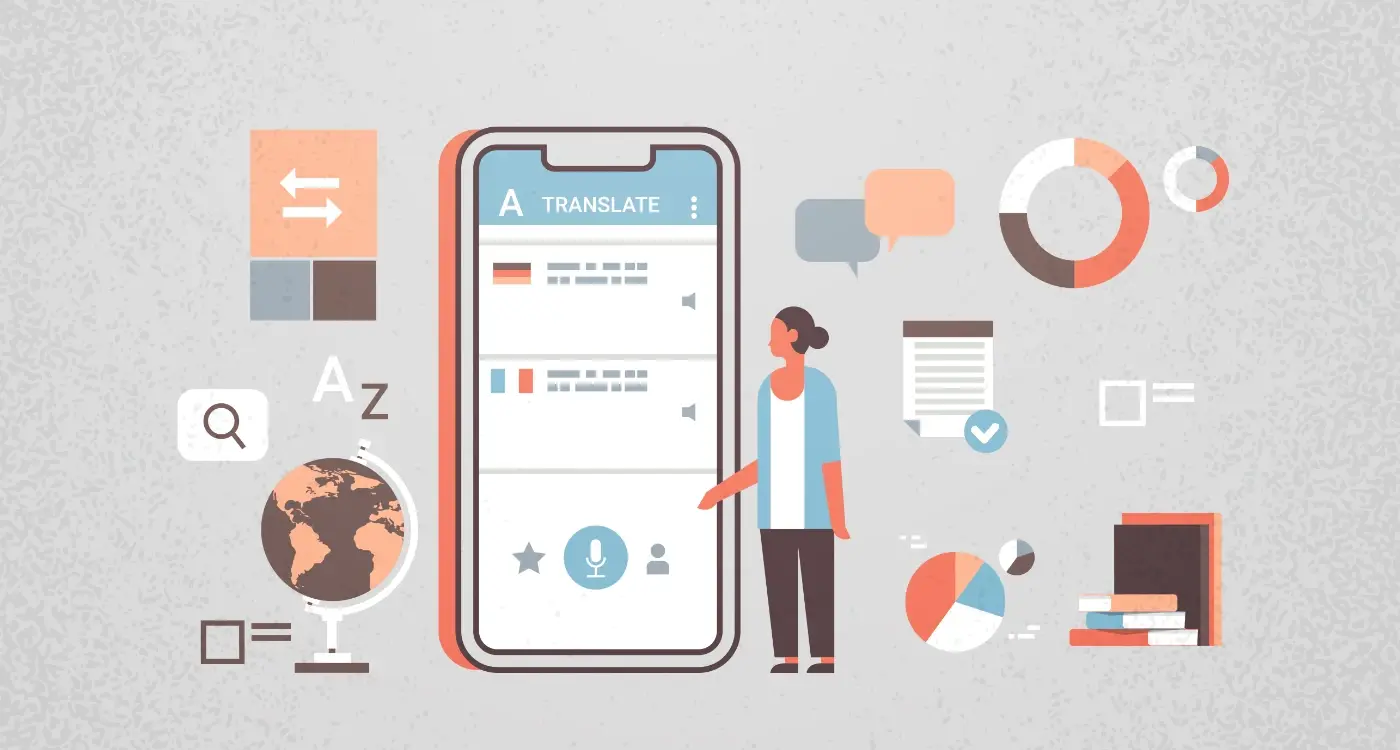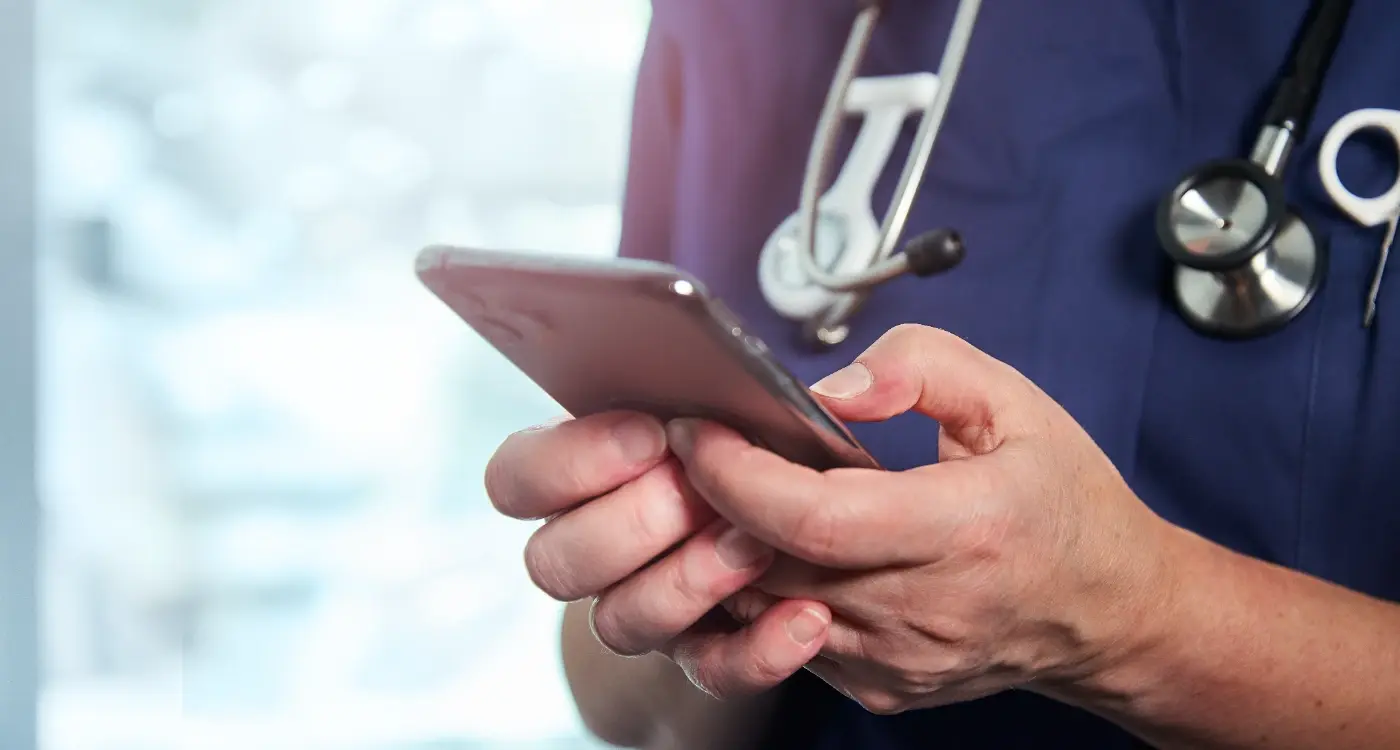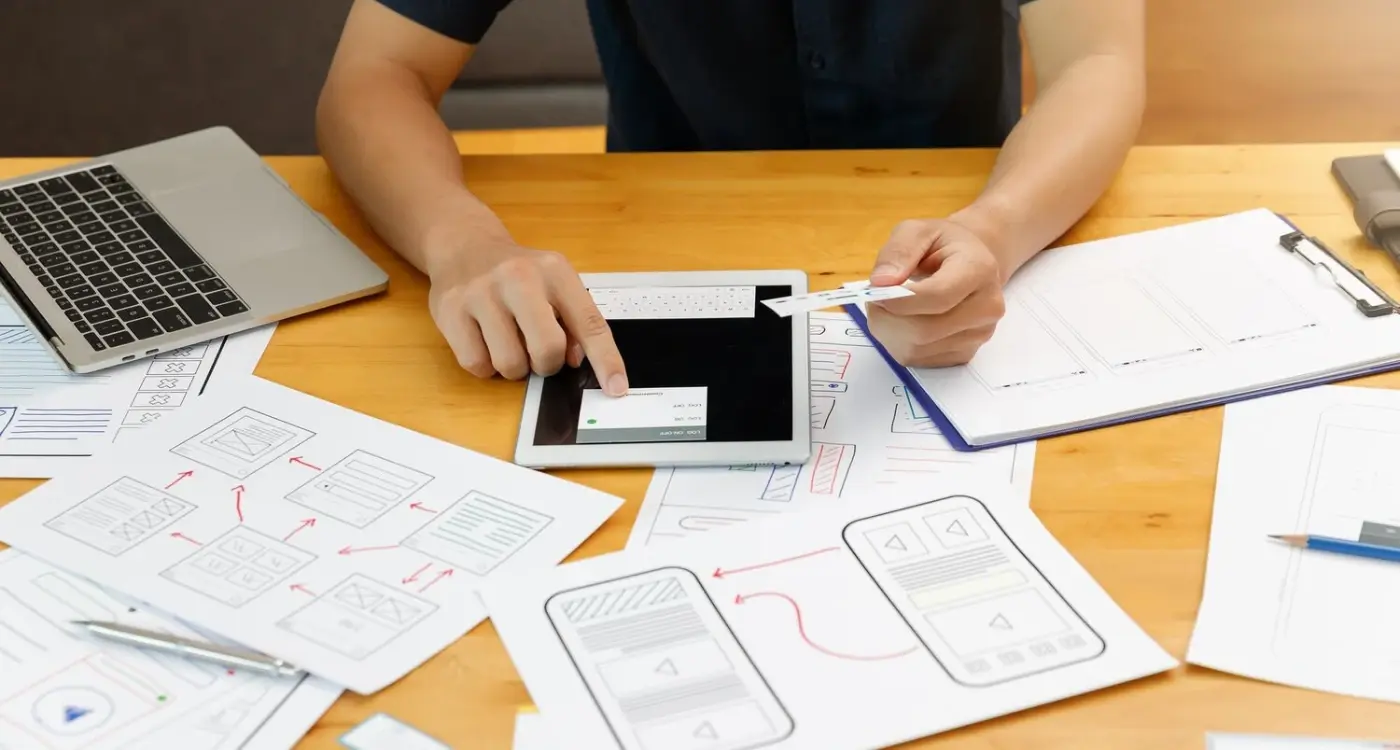What Features Do Patients Actually Want In Healthcare Apps?
Over 85% of patients abandon healthcare apps within the first month of downloading them. That's a staggering statistic that highlights a fundamental disconnect between what developers think patients want and what they actually need. After working with countless healthcare providers and medical startups, I've noticed this pattern repeating itself—beautiful apps that look impressive but fail to solve real problems for the people who need them most.
The medical app market is flooded with solutions that focus on flashy features rather than genuine patient needs. Developers often get caught up in the latest technology trends, forgetting that healthcare is deeply personal and requires a completely different approach to user experience. When someone downloads a medical app, they're not looking for entertainment or novelty; they want practical solutions that make managing their health simpler and less stressful.
The best healthcare apps are the ones patients forget they're using because they work so seamlessly with their daily routines
Understanding user expectations in healthcare technology goes beyond traditional app development. Patients bring unique concerns about privacy, accuracy, and reliability that don't exist in other industries. They need apps that build confidence rather than create anxiety—and that starts with focusing on what truly matters to them, not what we think should matter.
Understanding What Patients Really Need from Healthcare Apps
Having worked with healthcare clients for years, I've learnt that patients want something quite simple from their medical apps—they want to feel better, faster, with less hassle. That might sound obvious, but you'd be surprised how many healthcare apps miss this basic point entirely.
The truth is, when someone downloads a healthcare app, they're usually dealing with stress, pain, or worry about their health. They're not looking for fancy features or complicated interfaces. They want solutions that work without making their life more difficult.
What Patients Actually Tell Us They Want
From our research and client feedback, patients consistently ask for these things:
- Quick access to their medical records and test results
- Easy appointment booking without phone calls
- Clear explanations of medical information in plain English
- Secure messaging with their healthcare team
- Medication reminders and tracking
- Symptom tracking tools that doctors can actually use
Notice what's missing from that list? Fancy animations, complex dashboards, or social features. Patients want practical tools that save them time and reduce anxiety about their health. They want apps that feel like they were built by people who understand what it's like to be unwell and navigating the healthcare system.
The Core Features That Matter Most to Patients
After working on dozens of healthcare apps over the years, I've noticed something interesting—what patients say they want and what they actually use can be quite different things. Sure, everyone talks about wanting AI diagnostics and fancy health tracking, but when we look at the data, the story changes completely.
The truth is, patients want simple things that work well. They want to book appointments without having to ring the surgery five times. They want to see their test results without waiting weeks for a letter. And they definitely want to message their doctor without playing phone tag with the receptionist.
The Big Three That Actually Get Used
From our experience building medical apps, three features consistently see the highest usage rates: appointment scheduling, secure messaging, and accessing medical records. These aren't the sexiest features to develop, but they solve real problems that patients face every single day.
Prescription management comes in fourth—patients love being able to request repeat prescriptions and track when they're ready for collection. It's these everyday conveniences that make people stick with a medical app, not the bells and whistles.
Focus on perfecting the basics before adding advanced features. A simple appointment booking system that works flawlessly will get more positive reviews than a complex health tracker that crashes.
Making Health Information Easy to Find and Understand
When patients open a healthcare app, they're usually looking for something specific—and they need to find it quickly. This might sound obvious, but you'd be surprised how many medical apps I've seen that bury important information under layers of confusing menus. People don't want to hunt around for their test results or medication details when they're feeling unwell.
The best healthcare apps organise information in a way that makes sense to real people, not just medical professionals. Your blood pressure readings should be easy to spot, not hidden behind technical jargon or complex charts. Simple visual indicators work brilliantly here—green for good, amber for caution, red for concern. Most people understand traffic light systems without needing a manual.
Key Information That Patients Need Quick Access To
- Test results with clear explanations of what they mean
- Medication lists with dosage reminders
- Appointment history and upcoming bookings
- Emergency contact details and local services
- Health tracking data presented in simple graphs
The language you use matters too. Medical terminology can be scary and confusing for patients. When an app explains that someone's "cholesterol levels are within normal parameters," it's much more helpful than just showing numbers. People want to understand what's happening with their health, not feel like they need a medical degree to use your app.
Appointment Booking and Management That Actually Works
Here's something that drives me mad—when I book a doctor's appointment online and then have to ring up anyway to confirm it. Or worse, when the booking system crashes halfway through and I lose all my details. After working on countless medical apps over the years, I can tell you that appointment booking is where most healthcare apps fall flat on their face.
Patients don't want bells and whistles; they want something that works every single time. The booking process should be simple enough that your gran could use it without calling for help. Show available slots clearly, let people pick their preferred doctor if they have one, and send proper confirmation messages that actually arrive.
The best appointment system is the one patients never have to think about—it just works
What really matters is the management side too. People's lives change—they get stuck in traffic, fall ill, or have emergencies. Your medical app needs to handle rescheduling and cancellations without making patients jump through hoops. Send reminders that aren't annoying, make changes easy to process, and always keep the information up to date. When patient needs are met with simple, reliable booking systems, user expectations shift from frustration to trust.
Communication Features That Build Trust Between Patients and Doctors
Trust between patients and doctors doesn't just happen—it's built through clear, honest communication. When I look at healthcare apps that patients actually stick with, they all share one thing: they make talking to medical professionals feel natural and safe.
The best healthcare apps I've worked on include secure messaging systems that let patients ask questions without feeling rushed. You know that awkward moment when you're in the doctor's office and forget to ask something important? Well, good apps solve this by letting patients send messages between appointments. But here's the key—doctors need to respond within a reasonable time, not three weeks later!
Features That Actually Work
Video consultations have become massive, but only when they're done right. Poor video quality or confusing interfaces just frustrate everyone. The apps that work well keep things simple—one button to start, clear audio, and backup phone options when technology fails (which it always does at the worst possible moment).
- Simple, secure messaging with read receipts
- Video calls that actually work on different devices
- Photo sharing for symptoms or wounds
- Appointment reminders with two-way communication
What patients really want is to feel heard. They want confirmation that their message was received and that someone cares about their concerns. Apps that nail this create lasting relationships between patients and their healthcare providers.
Privacy and Security Expectations in Medical Apps
When it comes to medical apps, patients have one major concern that trumps all others—keeping their health information safe. I've worked on healthcare projects where this single issue has completely changed the direction of development. People will happily share their lunch photos on social media, but ask them to upload their medical records to an app and suddenly everyone becomes a privacy expert!
The reality is that patients expect military-grade security for their health data. They want to know exactly who can see their information, when it's being accessed, and how it's being stored. This isn't just paranoia—it's completely justified given how sensitive medical information can be.
What Patients Actually Want to See
- Clear explanations of how their data is protected
- Simple privacy settings they can control themselves
- Notifications when their data is accessed
- Easy ways to delete their information if needed
- Proof that the app follows medical privacy laws
The biggest mistake I see developers make is treating privacy policies like legal documents that nobody reads. Patients want straightforward language that explains what happens to their data without needing a law degree to understand it.
Make your privacy settings visual and interactive. Instead of long text explanations, use simple toggles and icons that show patients exactly what they're sharing and with whom.
Conclusion
Building healthcare apps that patients actually want to use isn't rocket science—but it does require listening to what they're telling us. After working with healthcare clients for years, I've seen too many apps that look beautiful but miss the mark completely when it comes to real patient needs.
The truth is, patients want simple things done well. They want to book appointments without jumping through hoops; they want to understand their health information without needing a medical degree; and they want to communicate with their doctors in a way that feels natural and secure. Get these basics right, and you're already ahead of most healthcare apps out there.
Privacy and security can't be an afterthought—patients are trusting you with their most sensitive information. But here's the thing: good security doesn't have to mean a clunky user experience. The best healthcare apps make security feel invisible whilst keeping everything locked down tight.
If you're planning to build a healthcare app, start by talking to actual patients. Not just once, but throughout the entire development process. Their feedback will guide you towards features that matter and away from the ones that don't. Trust me, it'll save you time, money, and a lot of headaches down the road.
Share this
Subscribe To Our Learning Centre
You May Also Like
These Related Guides

Which Research Methods Work Best for Mobile Apps?

How Can Developers Streamline Healthcare App Regulations?



